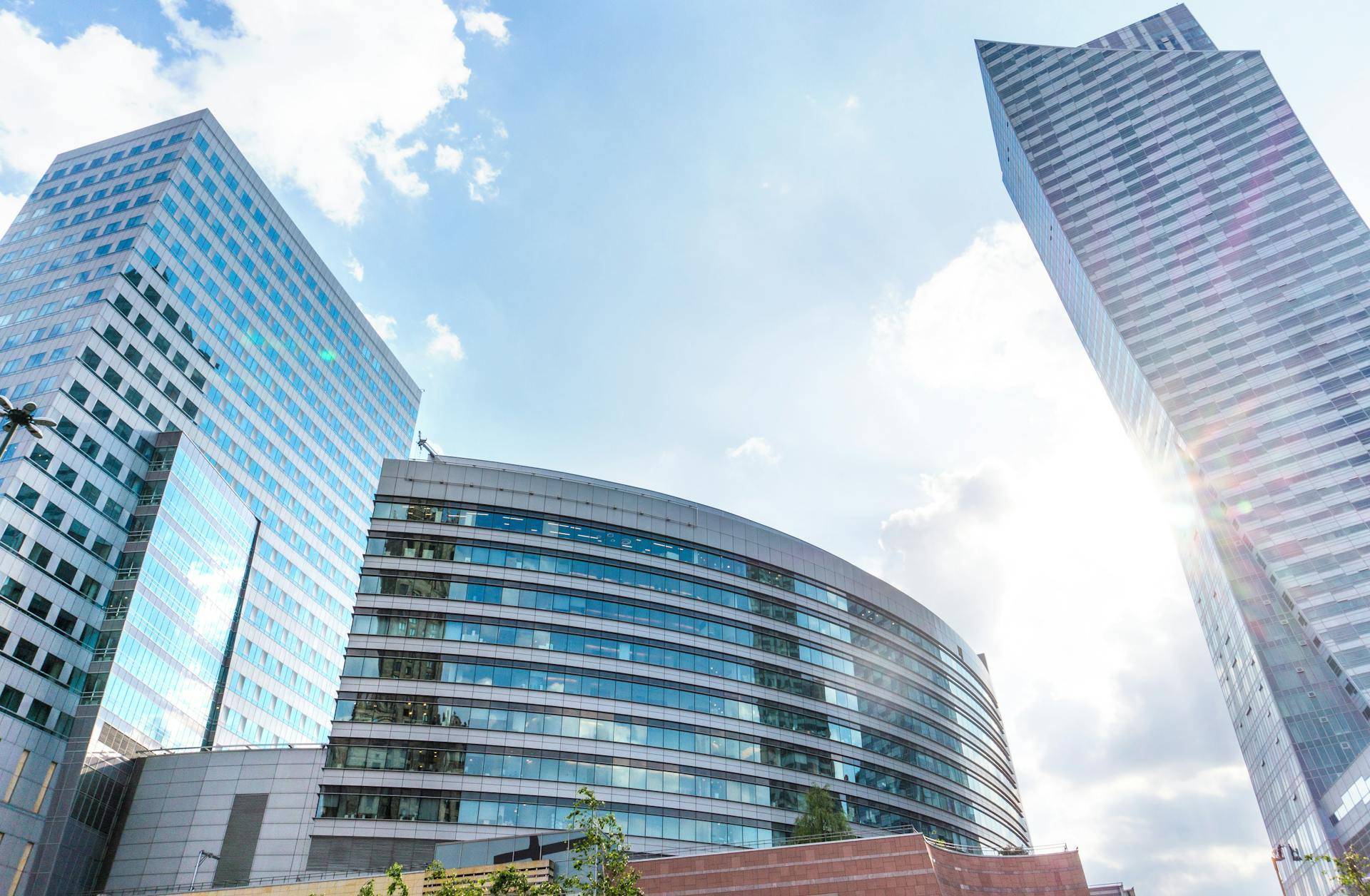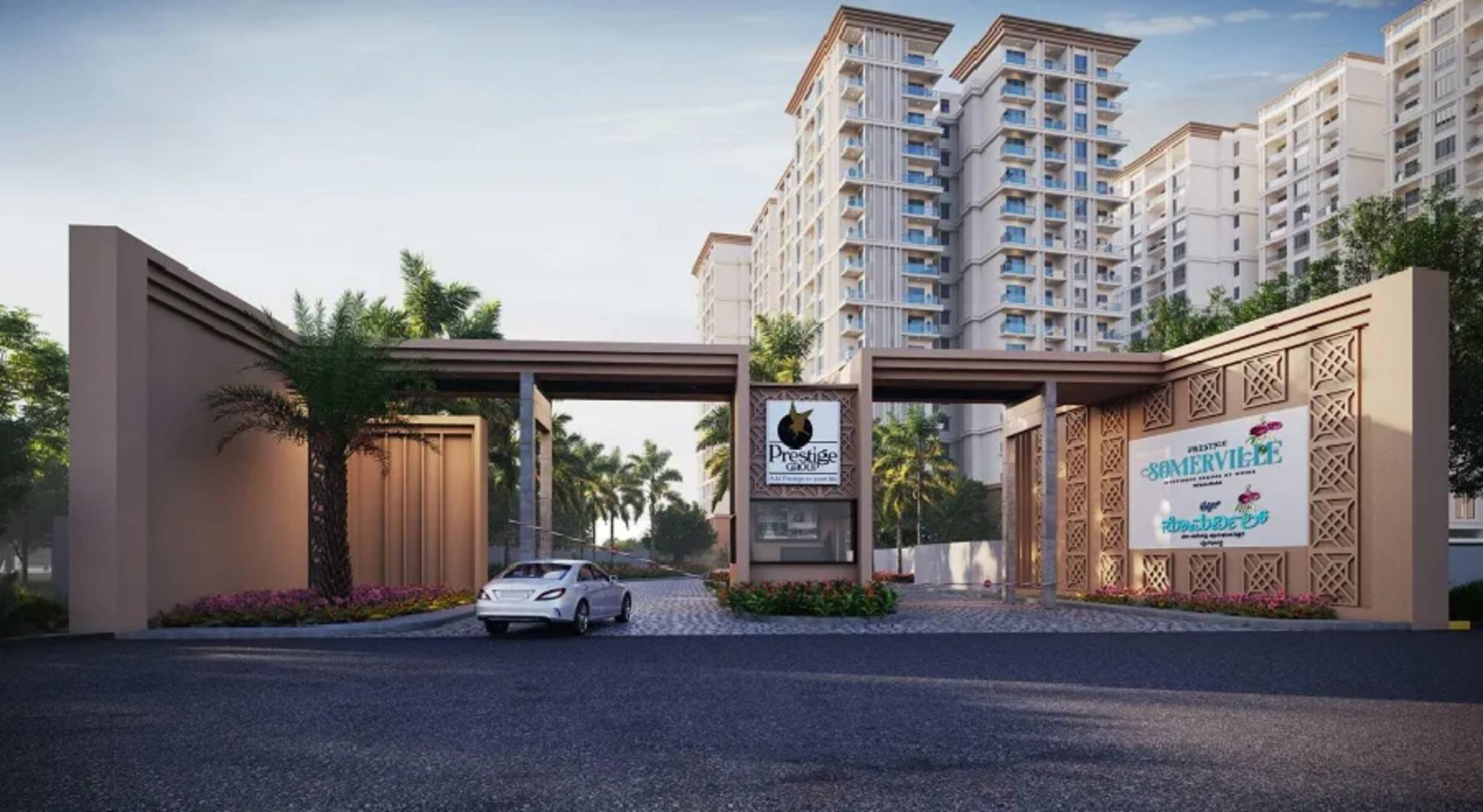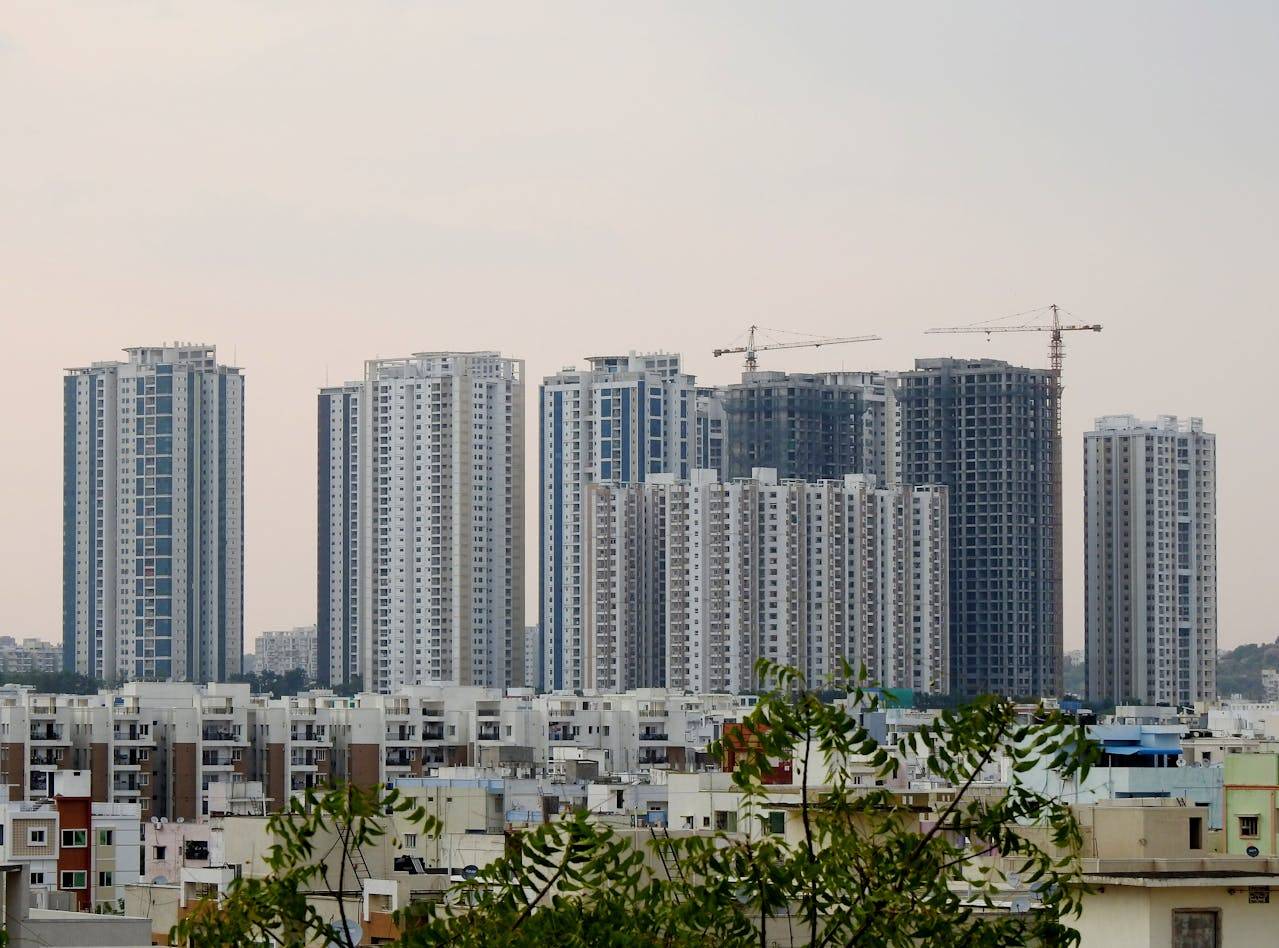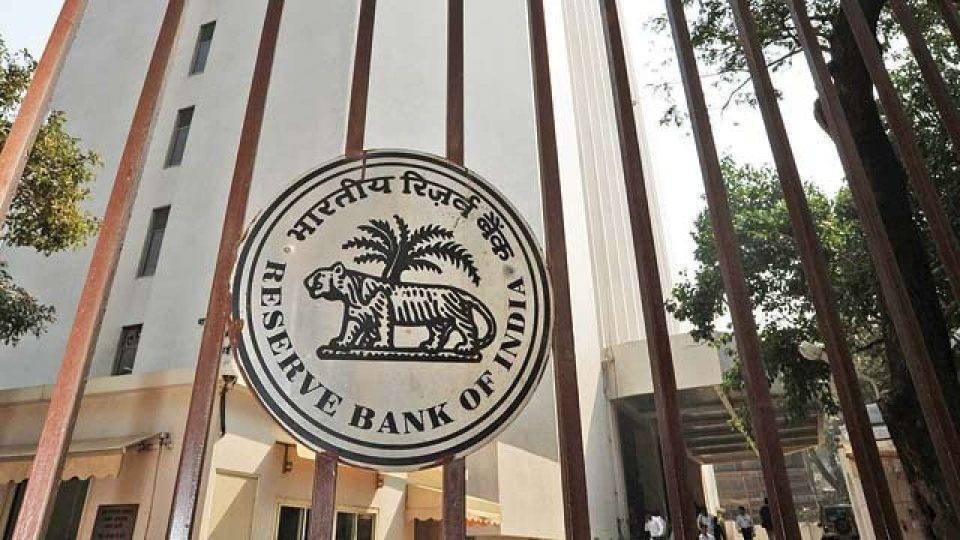Housing Sales of Tier-1 Developers Dip by 6% in FY25: Ind-Ra Report Signals Market Slowdown
India’s residential real estate sector, particularly among Tier-1 developers, has witnessed a clear deceleration in FY25, according to a new report by India Ratings and Research (Ind-Ra). The agency noted that housing sales volume among leading real estate companies fell by 6% year-on-year (YoY) over the full fiscal, with a sharper 13% YoY decline recorded in the last quarter (Q4FY25). This comes after two years of strong, post-pandemic growth in FY23 and FY24.
The report tracked performance across 11 listed Tier-1 developers. Notably, four of them saw a dip in pre-sales — an early indicator of market performance — which contributed significantly to the overall downturn. These companies had been riding a wave of high demand in the previous fiscal years, driven by pent-up demand, low interest rates, and renewed interest in homeownership following the COVID-19 pandemic.
High Base Effect and Project Launch Delays to Blame
Analysts attribute the slowdown primarily to the "high base effect" from the preceding fiscal years. A high base makes it statistically harder to maintain or exceed previous growth rates. Additionally, delays in new project launches, especially in the premium and luxury segments, have further constrained sales volumes.
According to industry experts, the decline in sales volumes during Q4FY25 can largely be attributed to the high base effect from previous years. However, they noted that developers have managed to offset some of this impact through a stronger product mix, which has led to improved realisations and modest growth in overall booking values.
Sales Value Rises Despite Volume Drop
Interestingly, despite the decline in sales volumes, overall booking value for Tier-1 developers increased by 9% YoY in both Q4FY25 and the full FY25. This growth in value is attributed to improved realisations and a more favorable sales mix. Higher-priced inventory and better product positioning have allowed developers to maintain revenue performance even as the number of units sold dropped.
This divergence between volume and value indicates a shift in focus among developers towards premiumization and margin protection amid a competitive and regulated market landscape.
Moderate Growth Expected in FY26
Looking ahead, Ind-Ra forecasts only low-to-mid single-digit growth in booking values for FY26. The moderation is again tied to the high base of FY22 to FY25, as well as the time lag associated with the launch and completion of new housing projects.
However, the report does highlight several factors that could support demand going forward. These include sector consolidation, which favors organized, well-capitalized players, and government policy support aimed at improving housing access and affordability. The recent interest rate cut by the Reserve Bank of India (RBI) is expected to act as a tailwind, particularly for the mid-income and affordable housing segments.
Consolidation and Product Mix Key to Growth
The report also pointed out a clear industry trend towards consolidation. Larger, listed developers are gaining greater market share due to stronger balance sheets, access to institutional funding, and higher consumer trust. These players are also better positioned to optimize product offerings to match changing buyer preferences.
Real estate companies with a strong brand presence and proven operational efficiency, particularly those targeting the mid-premium segment, are likely to outperform their competitors in the current market environment.
Ind-Ra noted that while the high-end and luxury segments remain niche, sustained demand in the ₹50 lakh to ₹1.5 crore range, particularly in metro cities and suburbs, is likely to drive future growth.
The dip in Tier-1 housing sales coincides with a broader cooling across urban property markets. For example, Mumbai saw a 4% YoY drop in property registrations in May 2025, especially in the ₹1–5 crore segment. Similarly, Pune’s registrations remained nearly flat in April 2025, increasing by just 1% YoY.
Adding to this trend, housing supply in 15 key Tier-2 cities fell by 35% in Q1 2025, with nearly 90% of the new inventory priced under ₹2 crore, showing a market tilt toward affordability and caution.
While the FY25 performance signals a slowdown in sales volume growth for Tier-1 real estate developers, the sector is far from entering a downturn. Improved pricing strategies, resilient mid-segment demand, and policy support could help stabilize growth in FY26. However, the industry must contend with a higher comparative base and ensure timely project execution to regain momentum.











